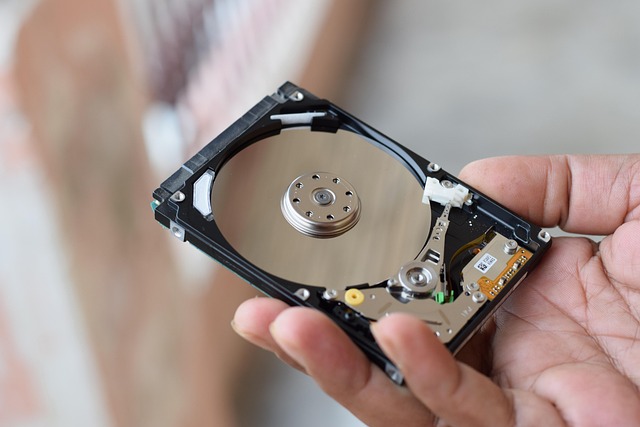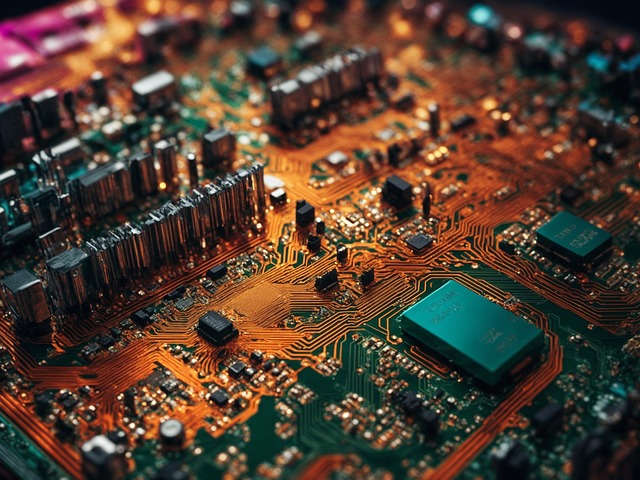Common computer issues like slow performance, random shutdowns, and instability can be resolved through simple hardware replacement such as upgrading to modern SSDs for faster speed and replacing faulty power supply units (PSUs) for system stability. A thorough assessment, using compatible hardware from reputable sources, precise specifications, proper tools, and step-by-step guides ensure successful replacements. Post-replacement optimization involves updating drivers and software, regular defragmentation or SSD tool use, monitoring resource usage, managing startup programs, and maintaining a clean system for peak performance highlighting the capabilities of new hardware.
Discover the secrets to efficient computer repair in Leander, where simple solutions tackle common hardware issues. This comprehensive guide explores straightforward steps for successful hardware replacements, empowering you to enhance your computer’s performance. From identifying problems to optimizing post-upgrade settings, we provide a detailed roadmap. Learn how to navigate the process with ease, ensuring your machine runs smoothly and effectively. Embrace the power of knowledge—your key to a streamlined hardware replacement experience.
- Understanding Common Hardware Issues and Their Simple Solutions
- Efficient Steps for Hardware Replacement: A Comprehensive Guide
- Maximizing Computer Performance Post-Upgrade: Tips and Best Practices
Understanding Common Hardware Issues and Their Simple Solutions

Many common computer issues can be easily resolved by understanding basic hardware problems and their simple solutions. One of the most frequent hardware-related challenges is slow performance, often caused by insufficient RAM or an aging hard drive. Upgrading these components, especially with modern SSDs, significantly boosts speed and responsiveness.
Another prevalent issue is a failing power supply unit (PSU), leading to random shutdowns or system instability. A simple PSU replacement with a higher-wattage model capable of handling the system’s requirements can resolve this. Additionally, loose connections within the computer case, particularly for GPUs and CPUs, may cause unexpected behavior. Ensuring all components are securely fastened can prevent these issues from reoccurring.
Efficient Steps for Hardware Replacement: A Comprehensive Guide

When it comes to computer repair in Leander, efficient hardware replacement is a straightforward process when followed correctly. First, assess your current system and identify components that require upgrades or replacements. This involves evaluating factors like processing power, memory (RAM), storage capacity, and graphics capabilities based on your intended use, whether for basic tasks, gaming, or professional applications.
Once identified, source compatible hardware from reputable suppliers. Ensure you match the specifications precisely to avoid compatibility issues. Next, gather necessary tools such as screwdrivers, thermal paste (for CPU), and anti-static equipment for safety. Follow detailed guides or videos specific to your computer model for a step-by-step replacement process. This ensures precision, minimizes damage, and optimizes performance post-upgrade.
Maximizing Computer Performance Post-Upgrade: Tips and Best Practices

After a hardware upgrade, optimizing your computer’s performance ensures you get the most out of your new components. Start by updating your operating system and drivers to take full advantage of the latest hardware capabilities. Regularly defragmenting your hard drive (or using SSD-specific tools) can improve data access speeds. Monitoring resource usage with built-in tools or third-party software helps identify any bottlenecks, allowing you to close unnecessary applications or upgrade further if needed.
Additionally, managing startup programs is crucial; disabling unused apps at boot improves boot times and overall system responsiveness. Keeping your computer clean, both physically and digitally, enhances performance. Regularly cleaning dust from components, uninstalling unused software, and removing temporary files contribute to smoother operations. Remember that a well-organized, up-to-date system runs efficiently, reflecting the capabilities of your newly installed hardware replacements.
In conclusion, efficient computer hardware replacement and upgrades are within reach for everyone with a basic understanding of common issues and straightforward steps. By addressing hardware problems proactively and following best practices for replacements, users can significantly enhance their computer’s performance. These simple yet effective solutions empower individuals to keep their machines running smoothly, ensuring optimal productivity and a more enjoyable computing experience.
